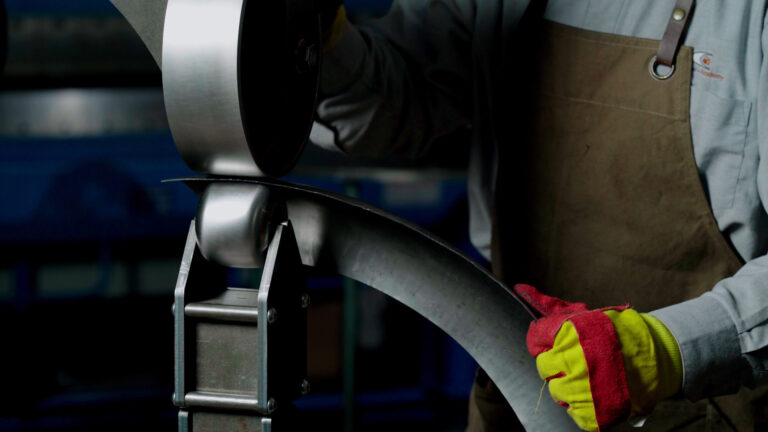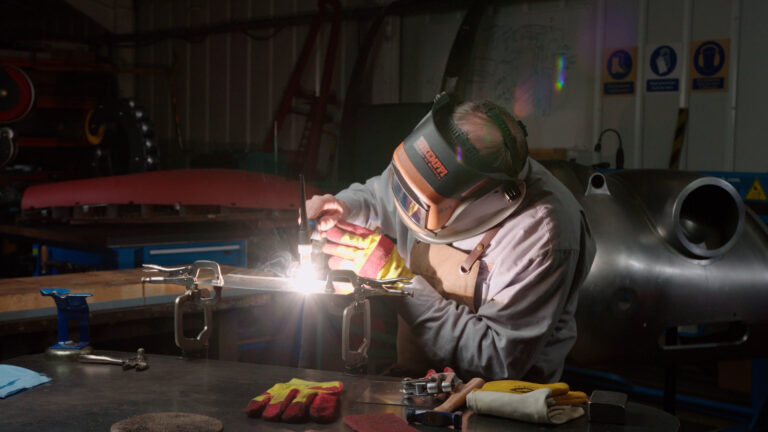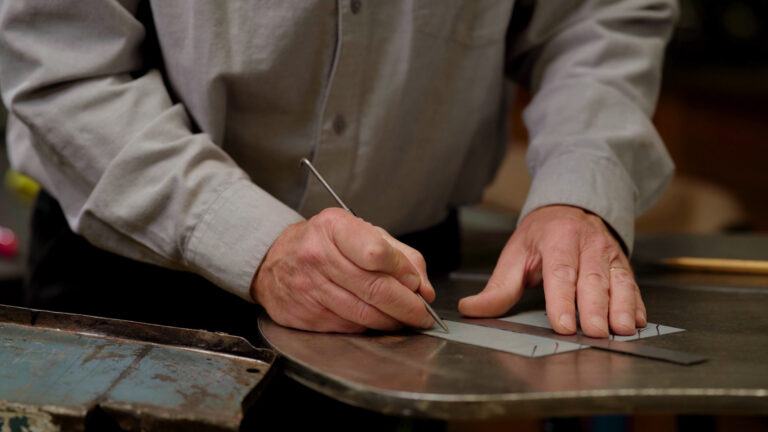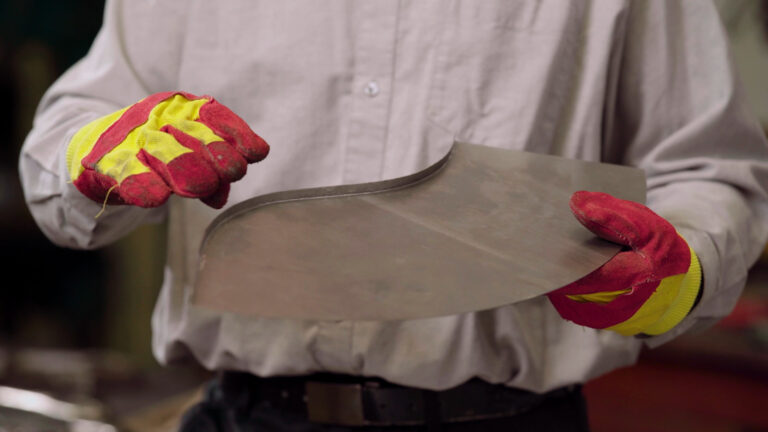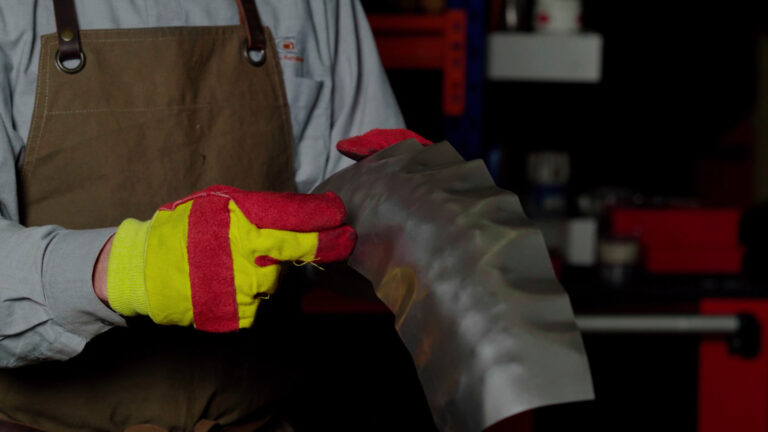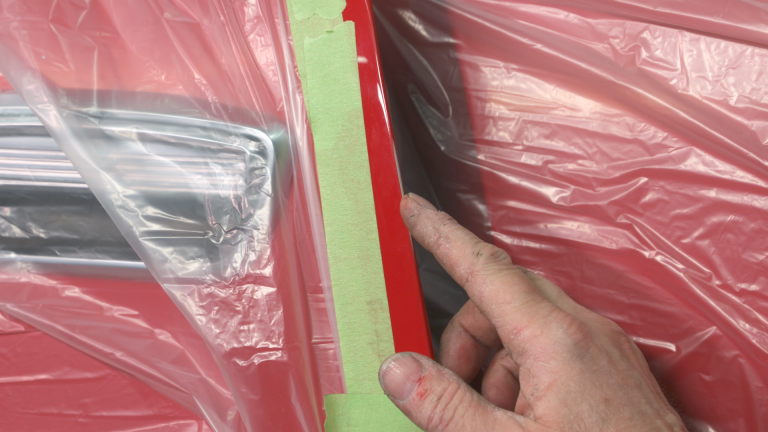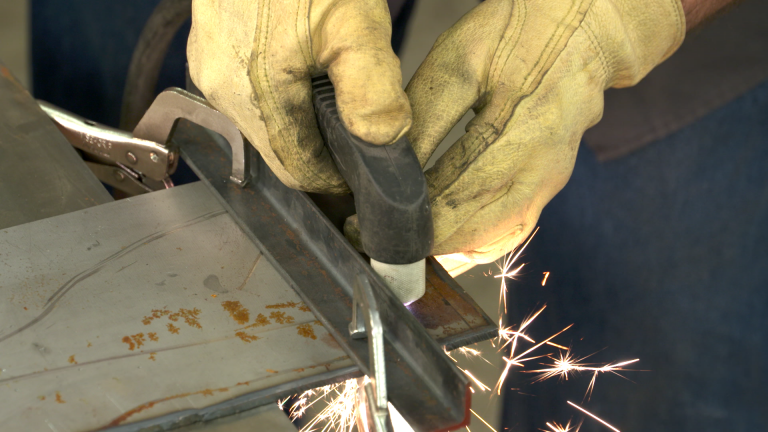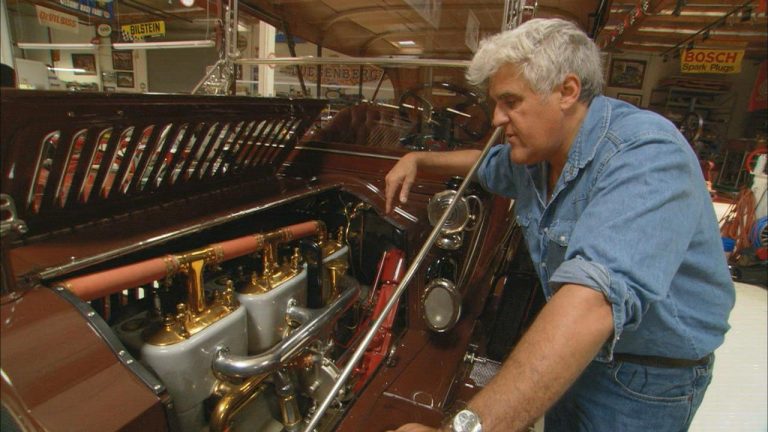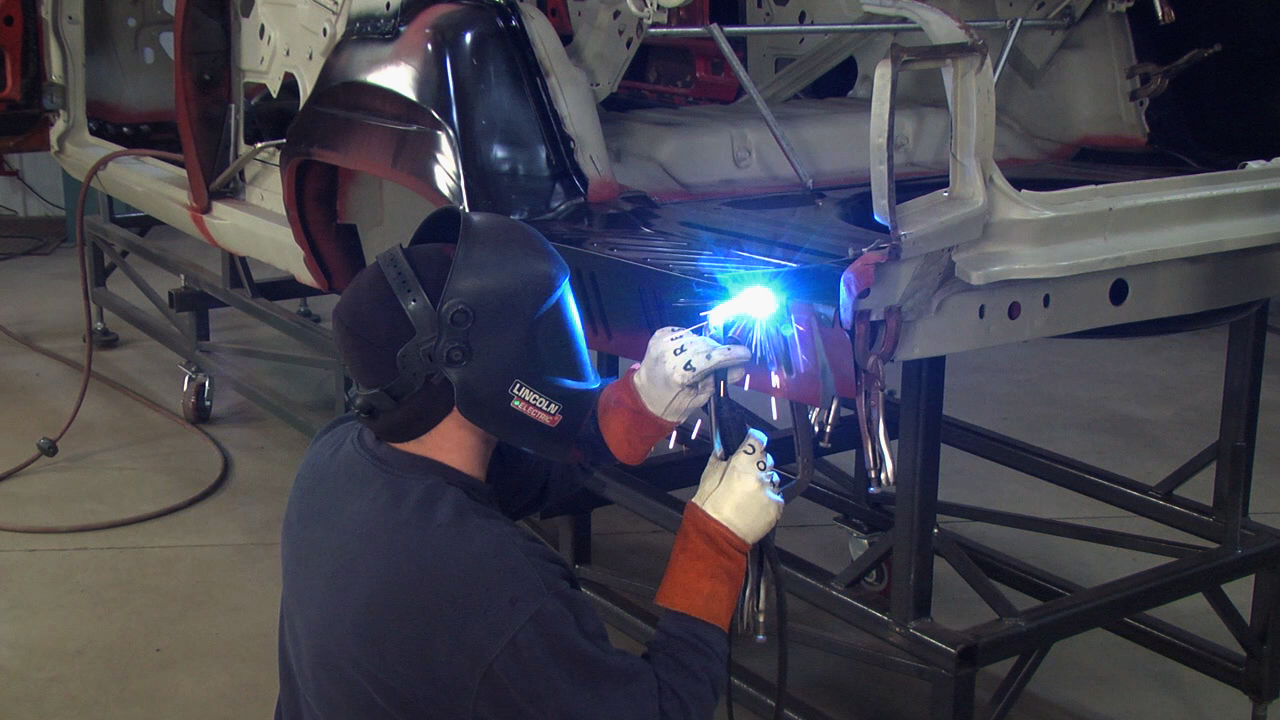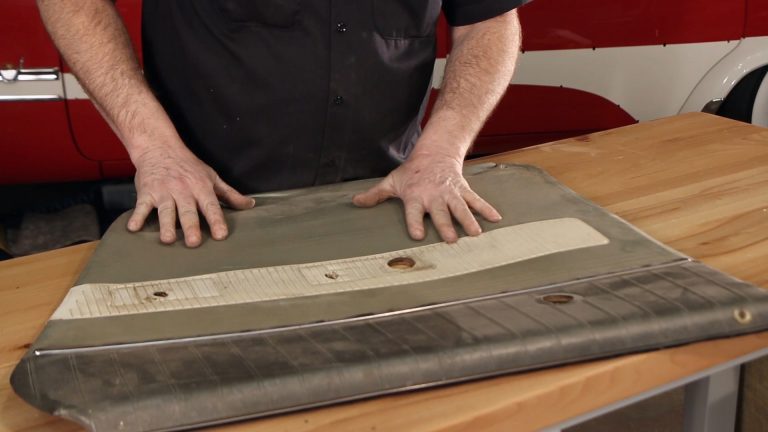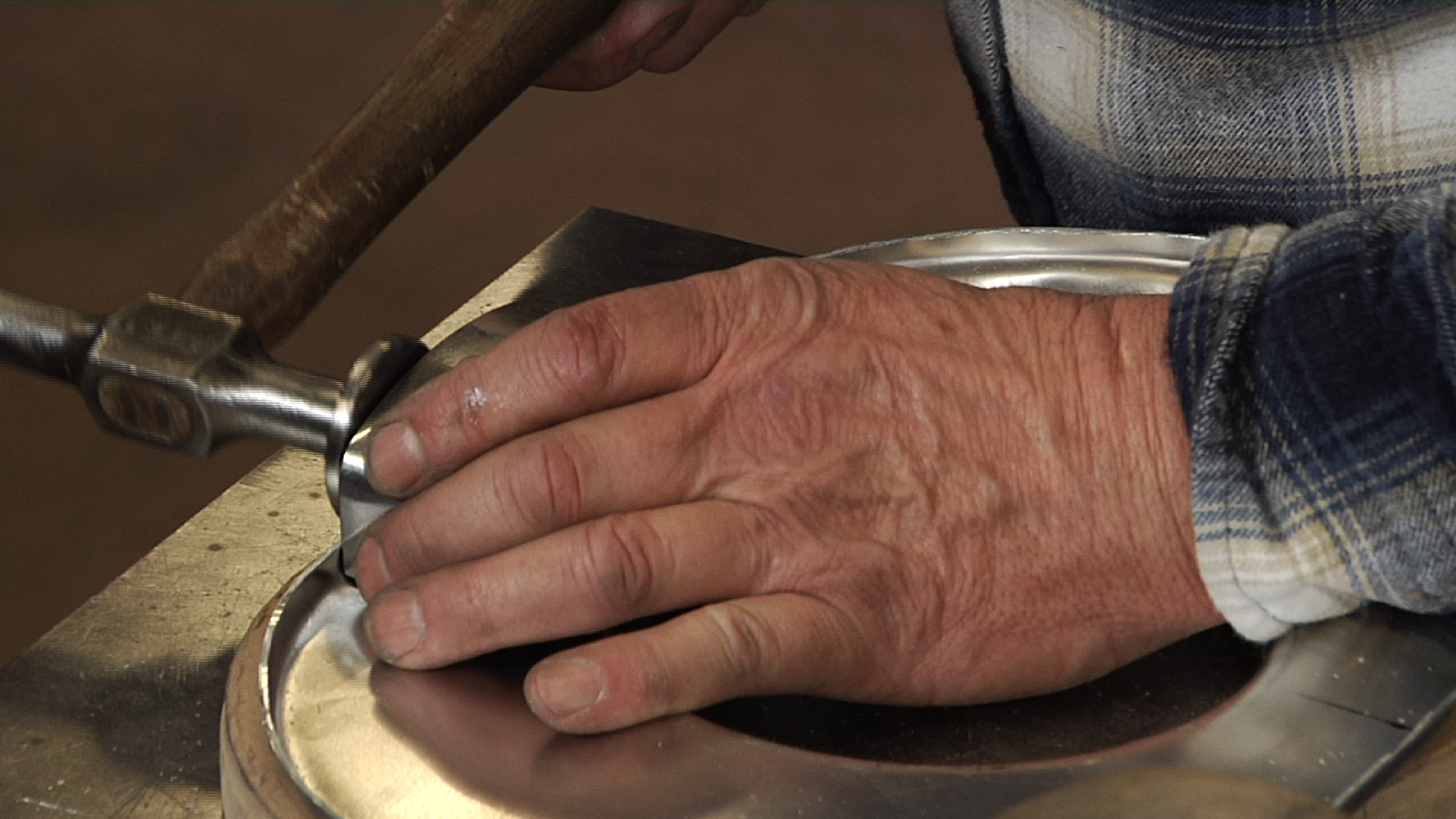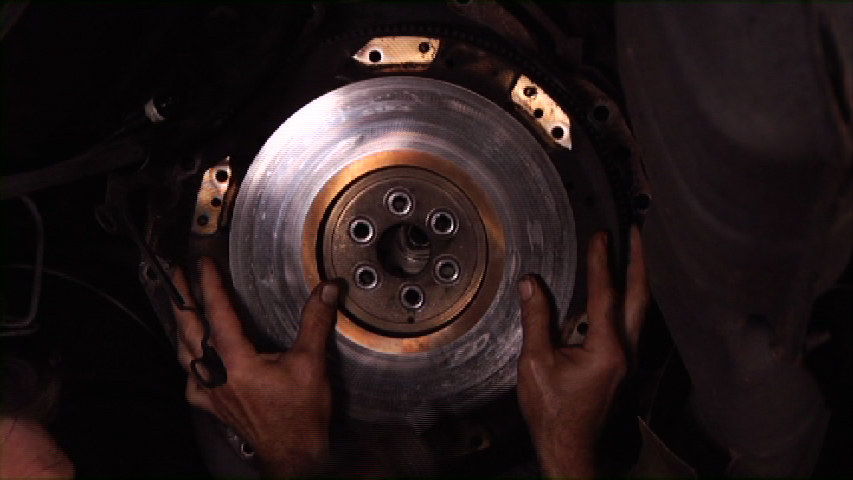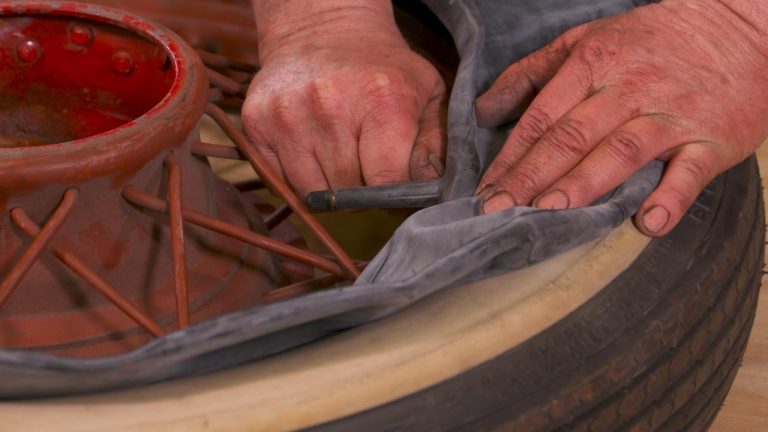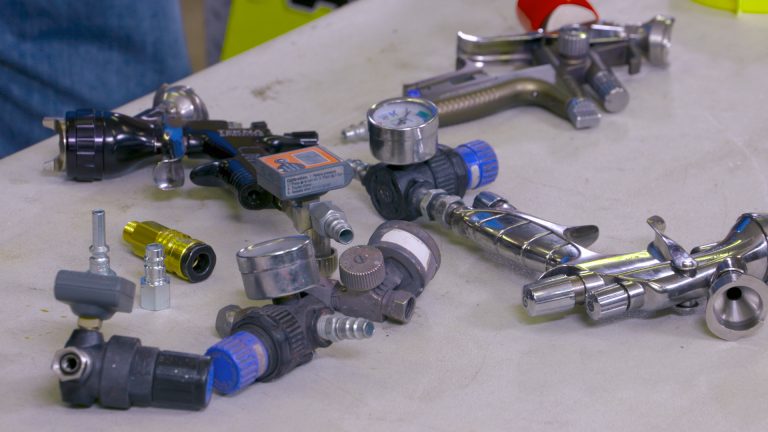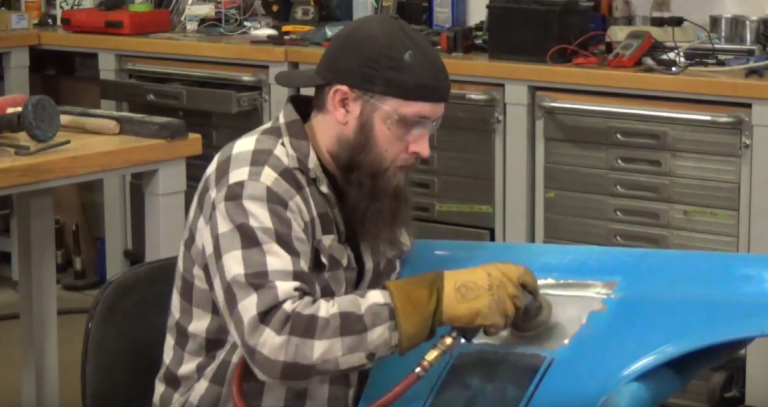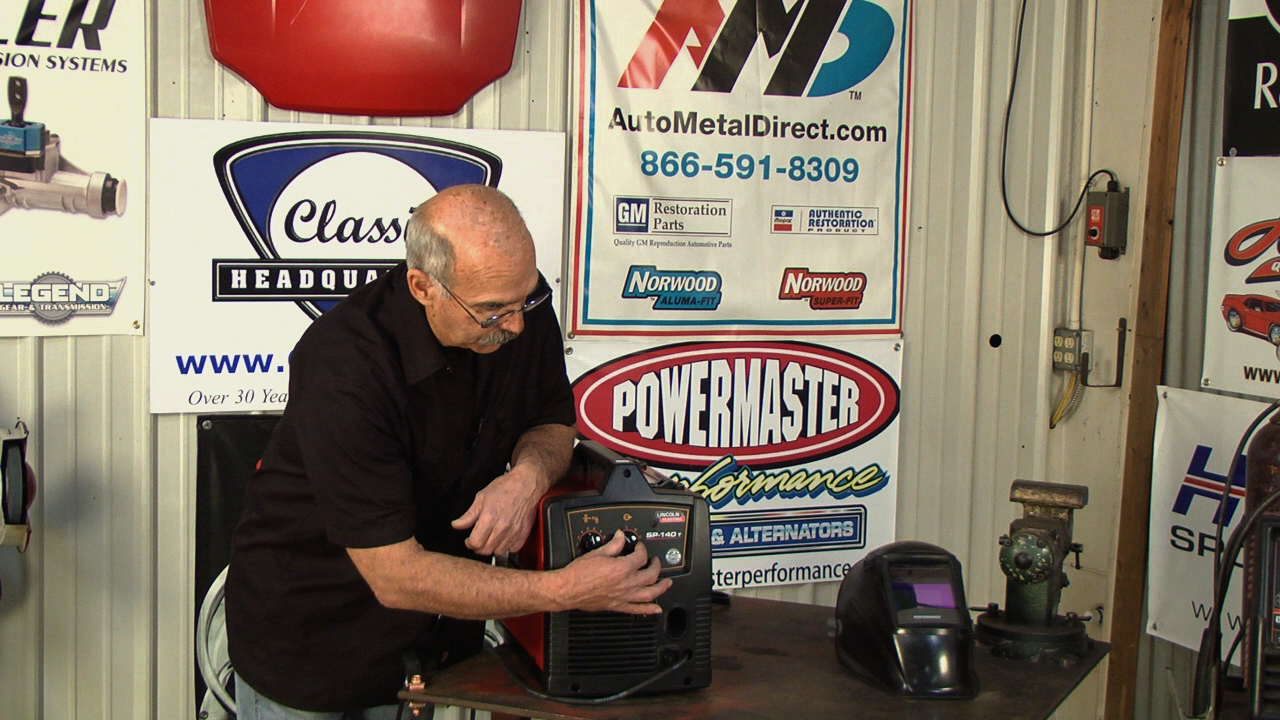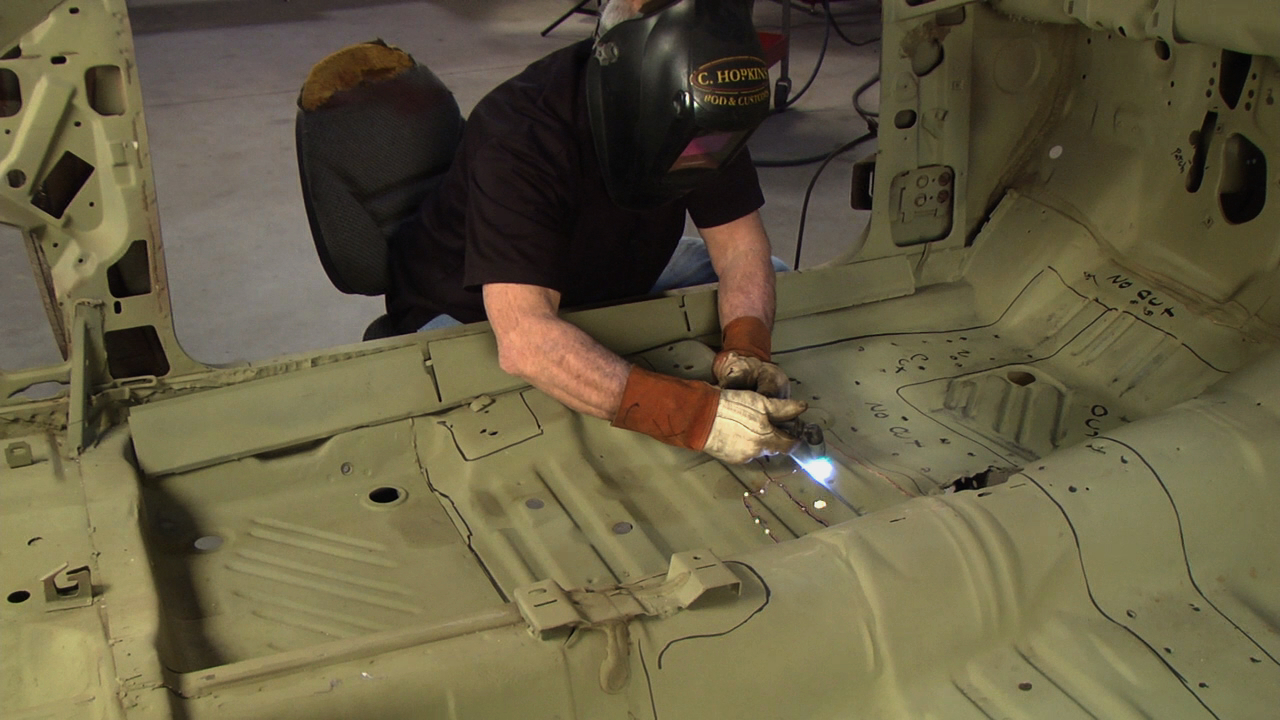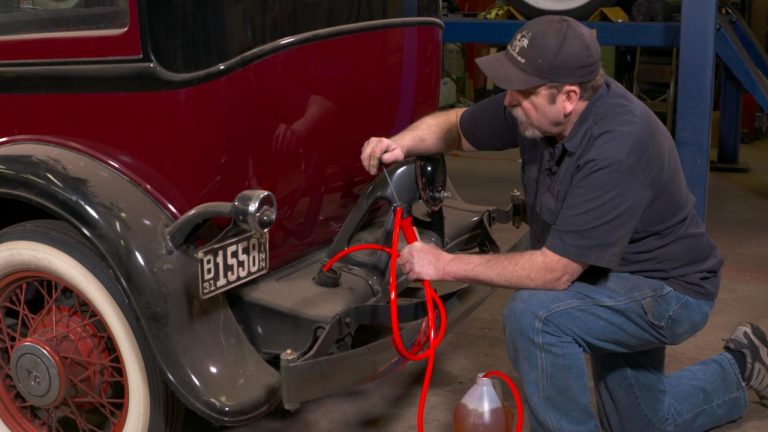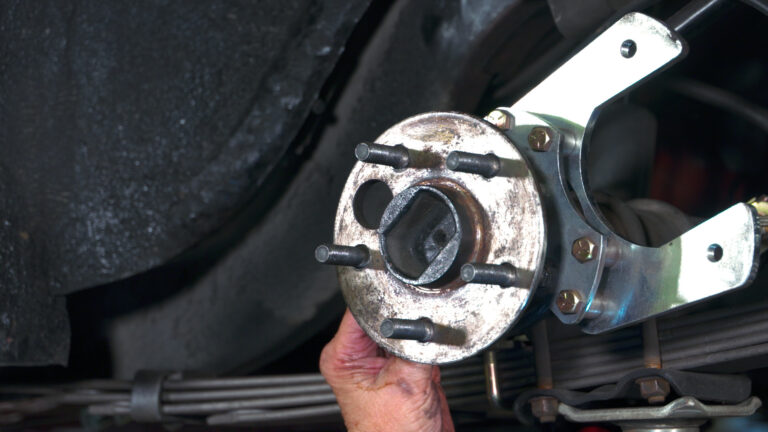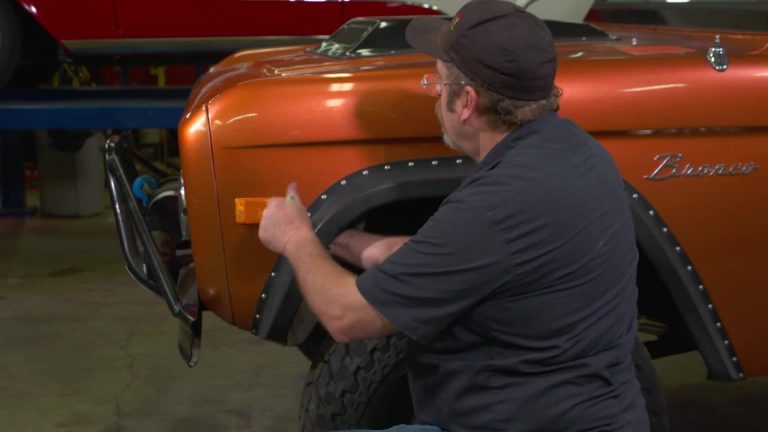
English Wheel Panel Forming
Bruce MacleodThe English Wheel is a tool used in metalworking to shape sheet metal into complex curves and shapes. It is commonly used in the automotive industry to create classic car body and patch panels. The history of the English Wheel can be traced back to the 18th century in Europe, where it was used to create decorative metalwork such as gates and railings. However, it wasn’t until the 20th century that it was widely adopted for use in the automotive industry.
In the early days of the automotive industry, car manufacturers would use hand-forming techniques to create body panels, which were time consuming and costly. The English Wheel revolutionized the industry by allowing for quicker and more precise shaping of metal. It enabled car manufacturers to produce high-quality, custom body panels for classic cars. Although it was replaced by modern metal stamping techniques, it is still used today to create and modify classic car body panels.
The English Wheel consists of two large metal wheels, one large fixed wheel and one movable and curved anvil wheel, which are used to shape the metal. The sheet metal is placed on the lower anvil wheel and then the wheel is raised, pressing the metal between the upper and lower wheels. The metal is then passed between the two wheels, with the lower wheel applying pressure to shape the metal as it passes through.
We join Bruce Macleod of the Contour Academy Workshop as he demonstrates the art of metal forming using the English Wheel. Bruce explains how metal can have a directional curve from manufacturing and how to prevent it from distorting the newly wheeled panel. Macleod demonstrates how to clean the panels then wheel in the correct contour of a low-drawn panel, as well as progressive shaping to eliminate flat areas and eliminating wheel marks with metal finishing techniques.
Smoothing and refining the contours of hammer-formed panels is another important aspect of the English wheel. Macleod demonstrates how to select the correct anvil for each contour transition and how wheeling direction can help refine and smooth the panel. Next Bruce takes on more complex double contour shapes and demonstrates how to form them by applying pressure in more than one direction while wheeling. He also shares some great advice on how to double check the contours of the panel and apply the finish pass on the English Wheel.
Premium Membership
Unlock exclusive member content from our industry experts.
- 24/7 Access to Premium Videos, Tips, and Techniques
- Step-by-Step Instructional Demos, Guides, and Tutorials
- 50% Off Video Downloads Purchased in the Classic Car Restoration Shop
- Access to Ask the Expert Program
Unlock exclusive member content from our industry experts.
- 24/7 Access to Premium Videos, Tips, and Techniques
- Step-by-Step Instructional Demos, Guides, and Tutorials
- 2 Full-Length Video Downloads to Watch Offline
- 50% Off Video Downloads Purchased in the Classic Car Restoration Shop
- Access to Ask the Expert Program
Gold Membership
$304 Value
Get everything included in Premium plus exclusive Gold Membership benefits.
- 24/7 Access to Premium Videos, Tips, and Techniques
- Step-by-Step Instructional Demos, Guides, and Tutorials
- 10 Full-Length Video Downloads, added to your account, to Watch Offline
- ‘Wheel Bolt Circle’ Downloadable Guide, added to your account
- Discounts on Purchase-to-Own Content in the Classic Car Restoration Club Shop
- Access to Ask the Expert Program


